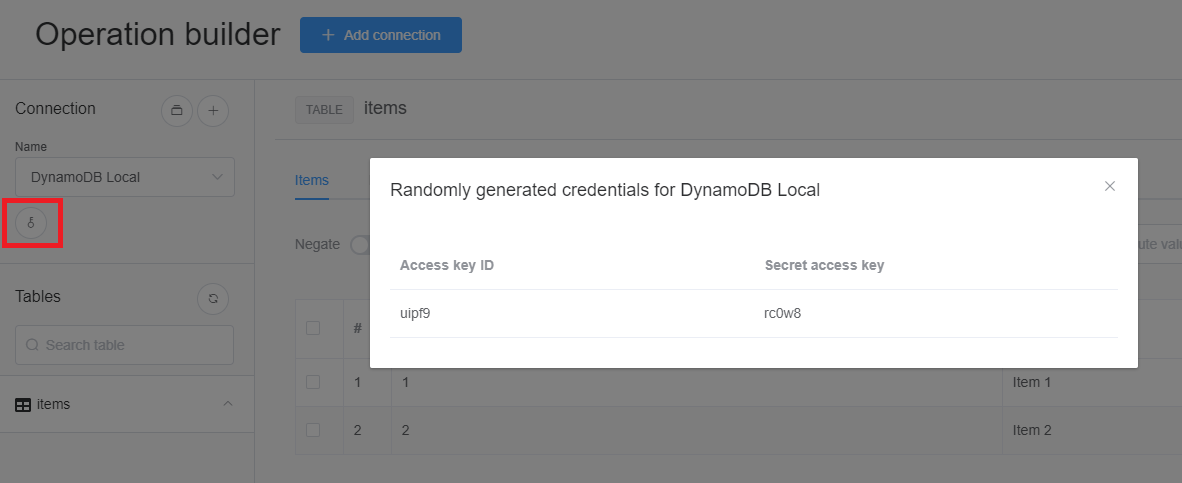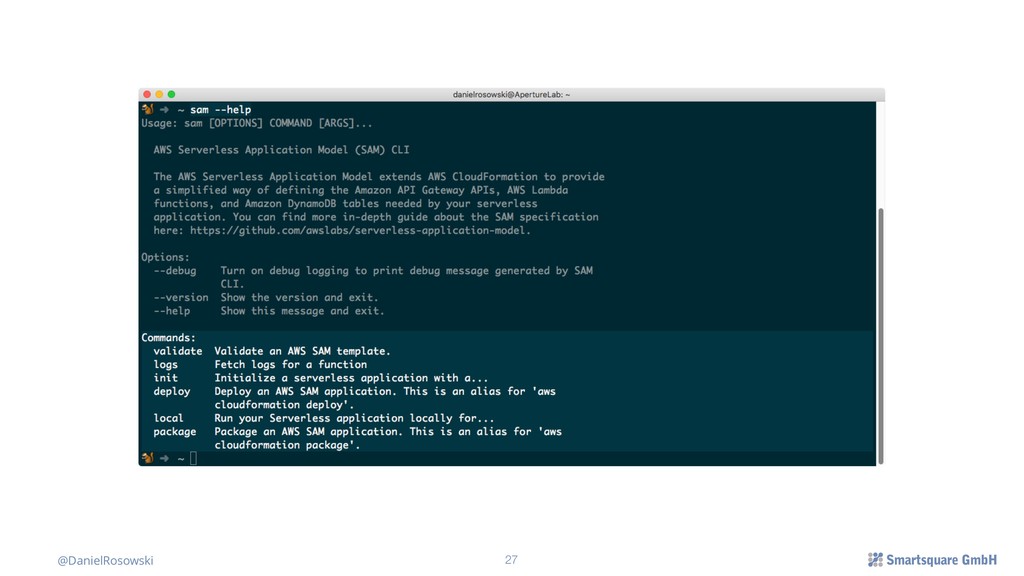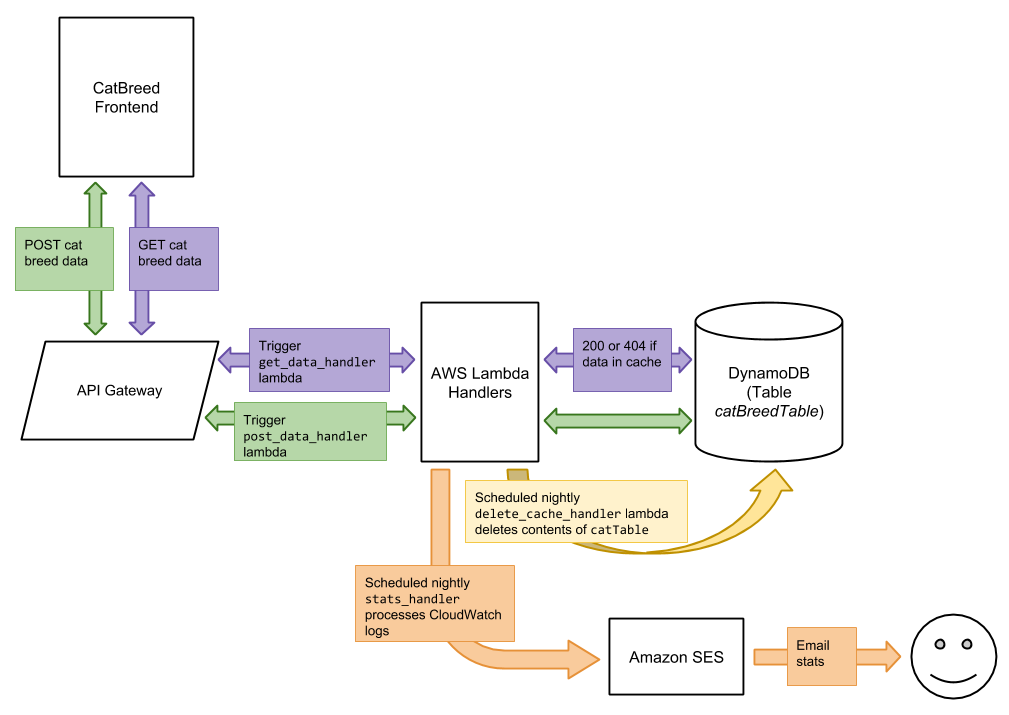

Provisioned Throughput Min/Max − All tables and global secondary indices have a minimum of one read and one write capacity unit. A write capacity unit is a single write per second for items no bigger than 1KB. You can review them from the following points −Ĭapacity Unit Sizes − A read capacity unit is a single consistent read per second for items no larger than 4KB. LimitationsĭynamoDB does suffer from certain limitations, however, these limitations do not necessarily create huge problems or hinder solid development. It also allows simple use of multiple languages: Ruby, Java, Python, C#, Erlang, PHP, and Perl. Its design also supports a wide range of use from lighter tasks and operations to demanding enterprise functionality. It does not force the use of a particular data source and structure, allowing users to work with virtually anything, but in a uniform way. The two main advantages of DynamoDB are scalability and flexibility. It requires specifications (partition key and sort key). It uses a secondary index to achieve the same function. Modifications to it occur automatically on table changes. It uses standard indexes created through SQL statements. It uses SELECT statements and filtering statements. In tables, it uses items made of attributes It only uses primary keys, and no schema on creation. Its fundamental structures are tables, and must be defined.

It uses a persistent connection and SQL commands. The following table highlights the differences between DynamoDB and RDBMS − Common Tasks RDBMSĭynamoDB uses a NoSQL model, which means it uses a non-relational system. It automatically distributes data and traffic over servers to dynamically manage each customer's requests, and also maintains fast performance.

DynamoDB allows users to create databases capable of storing and retrieving any amount of data, and serving any amount of traffic.


 0 kommentar(er)
0 kommentar(er)
